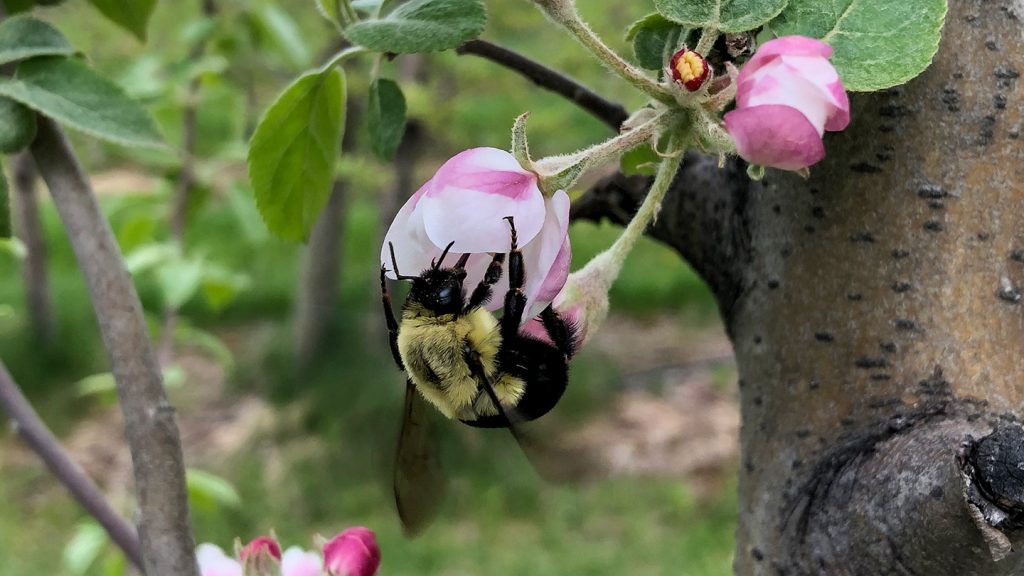Bumblebee queens face a challenging task in establishing their colonies, starting with the need to survive winter hibernation alone in the soil. Despite the dangers they face, new research has revealed that hibernating bumblebee queens possess a remarkable ability to survive being submerged in water for extended periods. This surprising discovery came about through a serendipitous laboratory accident involving researchers Sabrina Rondeau and Nigel Raine at the University of Guelph in Canada.
The accidental flooding incident occurred when condensation in a refrigerator caused vials housing hibernating bumblebee queens to flood. Initially fearing the bees were dead, Rondeau was astonished to find that the queens were alive, fidgeting when picked up with forceps. This prompted the researchers to conduct a more rigorous study to investigate the waterproofing capabilities of bumblebee queens, using common eastern bumblebee queens left over from another experiment for the investigation.
The study involved submerging various queens underwater for different durations, simulating potential flooding scenarios that queens might encounter in the wild during hibernation. The results revealed that the bumblebee queens displayed a surprising resilience to prolonged submersion. Queens submerged for seven days were found to survive and continue hibernating, with survival rates comparable to those of queens that were never submerged. The findings suggest that bumblebee queens possess remarkable survival strategies that allow them to cope with unexpected challenges like flooding.
The ability of hibernating bumblebee queens to survive underwater for extended periods raises numerous questions and avenues for further research. Scientists are interested in understanding how this survival adaptation may impact the queens’ ability to found colonies and the overall reproductive success of the colony. Additionally, investigations into the physiological mechanisms that enable bumblebee queens to withstand submersion could provide valuable insights into insect survival strategies and the lesser-known aspects of the bumblebee life cycle.
The study’s findings underscore the complexities of bumblebee biology and highlight the need for a more comprehensive understanding of their nesting, hibernation, and reproductive behaviors. While interactions between bumblebees and flowers are well-studied, gaps in knowledge persist regarding other aspects of their life cycle. This research sheds light on the remarkable resilience of bumblebee queens and invites further exploration into the intriguing adaptations that enable these insects to thrive under challenging conditions. In conclusion, the study opens up new avenues of inquiry and underscores the importance of continued research to unlock the mysteries of the bumblebee life cycle.


